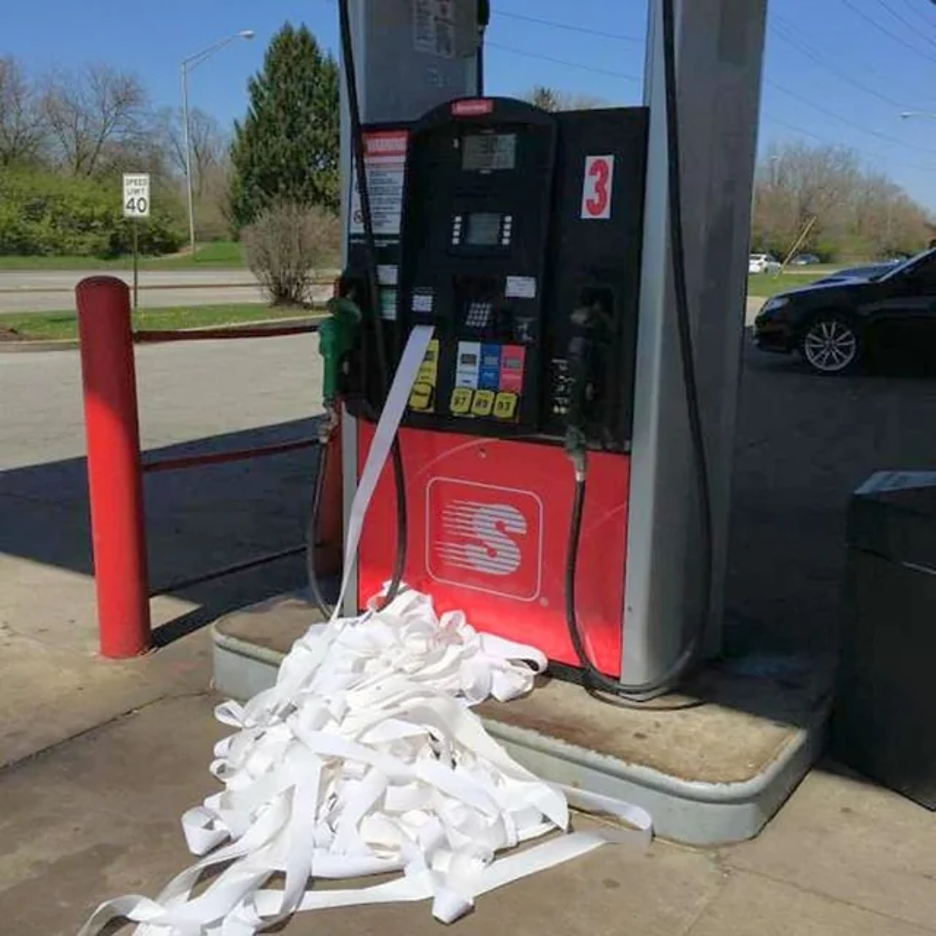EDITOR’S NOTE: Matt is on vacation until at or around January 1, 2026. Until then we have guest posts, today’s post is brought to you by the infamous SideShowBob233. Special thanks for the post!
An old adage from the stock market is “pigs get fat, hogs get slaughtered” (or a variation on this, such as “pigs get fed, hogs get slaughtered,” or something that only AI would give you “pigs are pink, hogs taste like chicken”) which also applies to churning.
Since many behaviors in this hobby involve practices that stores, banks, store managers, random cashiers empowered by the FBI and the AML police deem inappropriate or undesirable, it’s important to stay under the radar to avoid shutdowns, store bans, or a stern scolding from your local Karen that “buying more than $266.29 in gift cards is structuring and will get you the death penalty”. Most churners implicitly understand this, but there are some caveats which is why I’m here to fill you in (and also annoy you).
Rake Caveat 1: No matter how carefully you step through a walkway filled with rakes, someone else will run through it screaming “look at me!”
Translation (from AI – better than I expected):
- Even if you act with care and humility, others may behave recklessly or dramatically just to draw attention.
- It’s a commentary on how some people thrive on spectacle, even at the cost of consequences.
- It can also reflect frustration: your quiet diligence might be overshadowed by someone else’s loud antics.
Clown 🤡 Translation: For every churner who is carefully staying within limits, going slowly to avoid detection, there is another whale hammering away at the same play calling attention to it, and eventually getting it shutdown.
Rake Corollary 1.69: When a screaming rake victim is noticed, they will attract rakes to every person tiptoeing through the rake field.
Translation (from AI – again better than expected):
- Disruption is contagious: One person’s loud mistake or drama can ripple out and affect others who were trying to avoid trouble.
- Attention amplifies risk: When someone’s chaos gets noticed, it can shift the environment—making it harder for others to stay safe or unnoticed.
- Caution doesn’t guarantee immunity: Even if you’re careful, someone else’s recklessness can drag you into the mess.
Clown 🤡 translation: Once eyes are on the play, anyone who has done the play is subject to adverse action. It could mean clawbacks, it could mean shutdowns and bans. Or even worse a scolding from Karen where she whips out her AML procedures, shakes them in your face while warning you of FBI repercussions for buying a gift card.
Clown 🤡 Conclusion: You can’t control other people and while some are knowingly hammering a play before it dies, others are foolish and greedy and do things like calling to bank to complain when their play doesn’t code the right way (“My fake direct deposit from myself didn’t trigger the bank bonus, can you please investigate”). If you have a situation where there’s a good play, but the adverse action from the play is known to be severe (a ban at your favorite bank where your spouse will divorce you if they get banned) it may be safer to skip the play. As a foolish man once said, “you miss every shot you take you looooser.”
– SideShowBob233 (website, seems NSFW but mostly isn’t)

SideShowBob233 avoiding adverse action.





